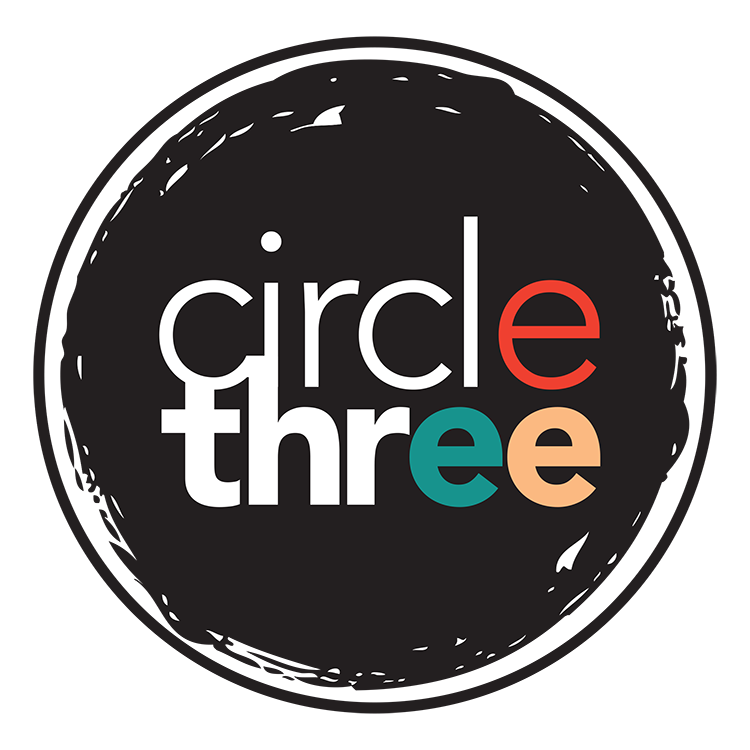How easy is it to do business with you? Walk a mile in your customers’ shoes to see what it’s like to sign up for your service.

Have you ever gone to checkout from an online store, saw how burdensome their checkout process was and left without completing your purchase? That is called shopping cart abandonment and it is something that online retailers measure because it gives them good insight into the shopping process and areas where they can make improvements. In fact, if they have already captured your contact information before you left, you might even receive a coupon in your email to entice you to return to your shopping cart and complete the sale. They are measuring that process, too. They want to see what it takes to get your business once you have decided to leave. Each metric sheds some light on human behavior and retailers are working hard to perfect the online shopping experience to create the best environment for sales.
What about a time when an online purchase was shockingly easy? There are some occasions when you find a great product with a new retailer and—when most would ask you to create a new account and set up all your payment details, shipping address, and billing address – they allow you to check out as a guest and use PayPal, so all you have to do is approve the details and move on with your life. What a relief! But wait a minute, I’m a waste hauler. I don’t have a shopping cart! Any process where a customer is buying your service is “shopping” and it makes sense to apply some of the best practices from retail—after all, they have done copious amounts of studies to perfect the shopping experience.
When it comes to subscribing for waste or recycling services, your process does not have to be the most high-tech with complex tracking software and integrations with payment services, but you should work to simplify the process. The easier it is to do business with you, the fewer people will abandon their “shopping carts” (i.e., your sign-up form).
Testing Your Cart
Let’s get some fresh opinions on what it is like to do business with you. Assemble a few people of various ages who can attempt to sign up for service (or whatever your call to action might be). Be sure that these people do not work for your company—we need unbiased people—and that they are all comfortable telling you exactly what it feels like to accomplish these tasks. If you receive nothing but positive, non-specific comments, you have the wrong test group assembled. We want their absolute worst, but honest, opinions of the process. Knowing the negative aspects will help you identify the pitfalls and improve them.
List the actions you want them to take and their feedback on:
- Length of time spent finding where they needed to go to complete the task
- First impressions of the form
- Length of time spent on completing and submitting form
- Impression of the submission process (Did they receive confirmation? Was it friendly? Did it set a reasonable expectation for when someone would reach out?)
- Thoughts on how the process reflects on your business (Did a 1990s-era web form make them think your company was dated? Was it too cutesy and made them concerned about submitting sensitive payment information online?)
Collect the information your test subjects provide and identify trends. Perhaps the “Order New Service” form is buried under a sequence of clicks so that someone who is ready to do business with you has to hunt for it. Maybe you offer a number of services, from commercial to residential, and the form is vague about which service the customer is choosing: “All I want is trash pick-up at my home—I hope they don’t think I want a roll-off container!” Your test group should ideally give you some areas to tackle first and some larger issues that may require restructuring how you approach lead collection.
Easy Areas to Improve
Finding Forms and Simple Calls to Action
Your contact information and lead forms should be the easiest things to find on your website. When a potential customer visits, it should be crystal clear how to sign up for service. Think your forms are accessible? Pull up your website and ask your grandma to find it. Ask your Gen Z son or daughter to try it, too. Make sure that you are not designing your customer experience around your own web skills and awareness—this leads to blind spots where you could be excluding valuable segments of your potential customer pool.
Also ensure that your Calls to Action (i.e., prompt for the visitor to follow, like “Subscribe” or “Request a Quote”) are visible, appropriately indicative of what you offer, and logically placed. If you were filling out a multi-page web form and there were two buttons, side by side, with the same color, font, and shape, which button would you automatically click to advance to the next page? Most people would choose the right-hand button because most forms use that side to advance to the next page (as it is reminiscent of turning the page of a book and therefore deeply ingrained in us to reach to the right side to “advance”) and they reserve the left-hand button for the command “go back.” One particular website used the left-hand button to advance the page and then the right-hand button cleared the form entirely. It was infuriating. Make it easy for your customers to navigate any service forms on your site.
Choosing Service
Those offering several levels of service have a different problem that might be preventing people from completing their purchase and abandoning their shopping carts: evaluating how much trash does my household or business generate and how can I equate that to gallons or yards? Those outside of the industry do not think in these terms. One savvy hauler realized this and is now testing a lead capturing form that shows a picture of all of their carts so customers can see what their options are (instead of just dimensions and volume) and they list how many tall kitchen-sized bags each cart can accommodate. Visitors are no longer be confused or paralyzed by indecision. Are there clarifications you can make to help your customers choose the right service level for their needs?
Form Length versus Form Ease
The length of web forms has been a subject of much conversation among marketers. A previous trend encouraged companies to request as little information as possible from leads to simplify the process for customers—the theory being “the shorter the form, the less likely they’ll be to abandon it.” By requesting only contact details from your lead, the burden of work shifts from the customer to your sales or customer service team to follow up with this lead and get a subscription or sale out of them. This logic well-meaning, but it neglects the market segment that is already convinced and ready to buy—or does not want to talk about it.
Some companies saw an increase in form completion by reducing the number of required fields or removing excess fields from their forms. Others saw a decrease in the number of completed forms after the number of fields were reduced. It turns out that the key to form completion is less about length and more about how easy it is—or, in some cases, enjoyable—to complete. After pruning the excess or redundant fields from your form, consider what you could do make your form experience more personalized or engaging. Some see good results by adding a simple progress bar to track completion which also serves to “gamify” the process (we like to see things completed!). Others opt for interactive software that guides users through the process of form completion by providing a question-and-answer model instead of traditional fields, like “What is your first name?” One incredibly simple way to accommodate both users who need help and those who are ready to buy is to use the form to ask them and build logic into your form that allows the form to change according to the users’ wishes. In all cases, you need to view things from the customers’ perspectives to understand where improvements can be made.
But I am Not Digital!
The desire to improve and streamline the process of lead conversion is not exclusively for the digital realm. You can apply the shopping cart analysis to any method used to do business with you—you will just have to get creative in fitting the process to your business. For example, is your phone number easy to find? Does someone answer the phone as often as possible? Does the person answering the phone ask the right questions, collect all the required data, and provide a positive, encouraging solution to your callers so that only one call is required to set up new service or report a customer service issue? The principles of good marketing and excellent customer service are universal and can be applied to a variety of situations. The goal remains the same for you: make it easy for your customers to do business with you.
This article was written by Jessica Shrout for the January 2020 issue of Waste Advantage Magazine.

